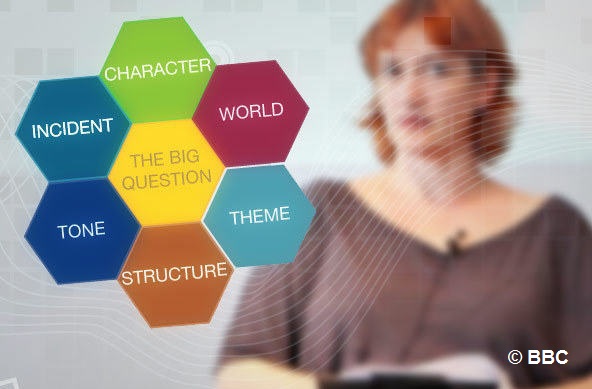The human mind is a pattern-recognizing, meaning-making machine – when we have partial information, which is pretty much all the time, our mind fills in the blanks in order to construct a holistic reality. Whether fact or fiction, HOW you decide to tell your story is almost as important as WHAT your story is.
So what makes a story worth or worthy of sharing? What makes it compelling or beneficial for a wider audience? Many would say that the only stories worth sharing are those that you are passionate about: that your enthusiasm is what will drive the interest of others, even despite themselves. A good story is engaging and satisfying. It tells us things we’re glad to know or even learn. It stimulates our curiosity. But more than that it makes us care enough to want to stay tuned in until the end.
- How, for example, can we engage viewers emotionally in a short film?
- How can we make them interested in the people and issues involved?
- How can we move them to care and to even think differently as a result of this caring?
- How might we understand our responsibility in relation to directing their feelings and opinions and, perhaps, actions as result?
- Could you sum up your story’s narrative into ‘one elegant sentence’ to provide its ‘topline’?
It’s very much about giving your audience a question that give them a sense of anticipation and suspense, to give them a sense of waiting to hear how it’s all going to be resolved at the end of your story, and how will this story going to connect and relate to them and their life? Good stories are ones that connect with us!
Another really good way of establishing the basics for the narrative of your film is to think about your story in relation to these five key questions:
- Who?
- What?
- Where?
- When?
- Why?
Once you have a sense of these fundamental coordinates, you’ll be much better prepared to think more broadly about how to develop the story into your digital film. Neither of these questions will or should involve totally fixed answers, especially at this pre-production stage. Even the most truth-based narrative will use creative techniques that bring the viewer at times closer to reality and at other times further away.
This article is an extract of chapter 1 “Digital Storytelling: Filmmaking for the web” online course presented by Birmingham University.

